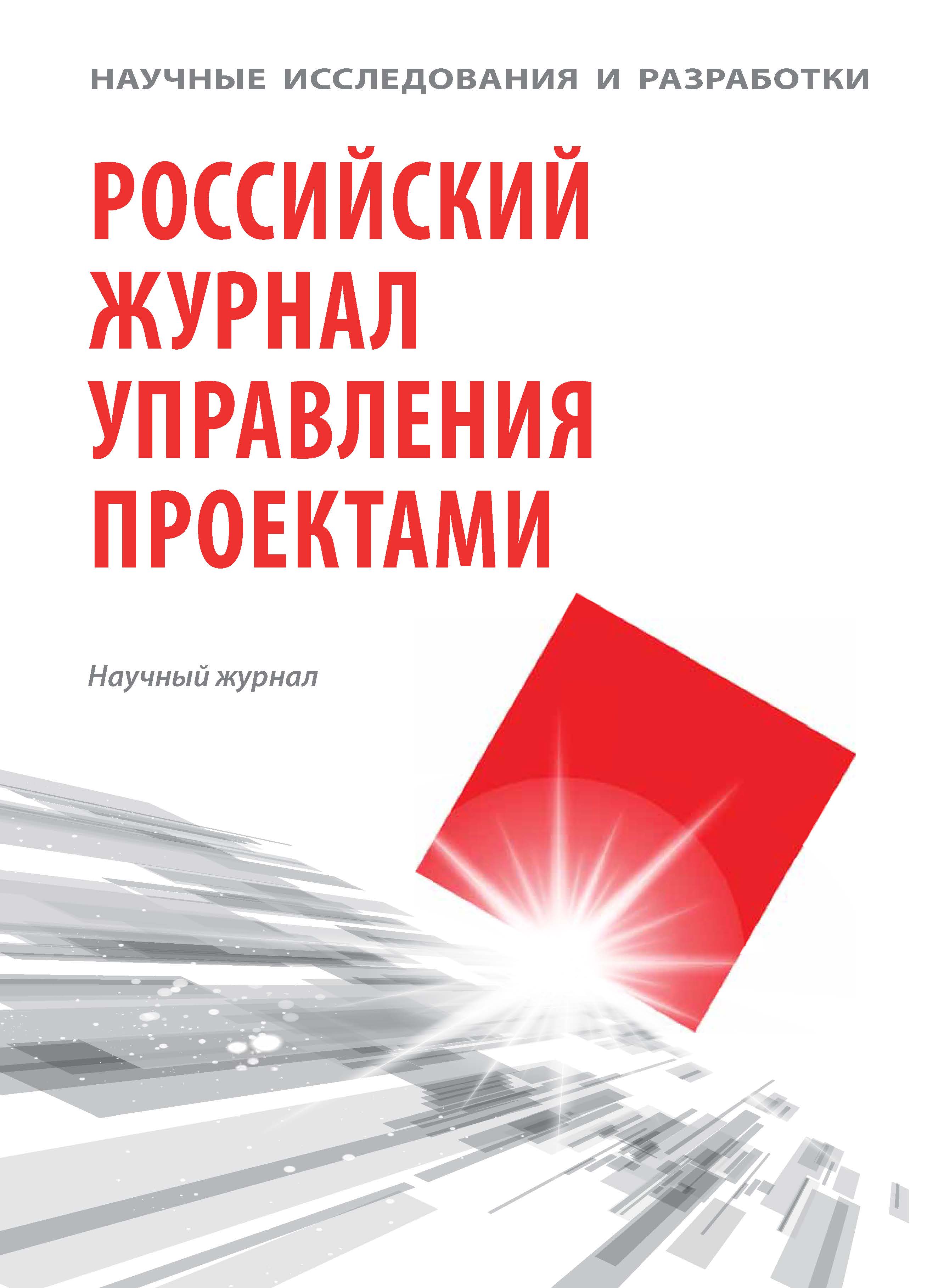The article discusses the issues of sustainable development. The implementation of the sustainable development concept involves the integration of different levels of government and bringing the approach to the level of business and individual projects. A company may have a different degree of economic stability, the measurement of which can be accomplished through the analysis of the cost structure of the product sold, including the costs of maintaining the environment. Evaluation of the project can be carried out taking into account the levels of initiation and levels of its impact on sustainable development. We propose a method of evaluation that allows taking into account all three aspects: economic, social and environmental. In the process of assessing the sustainability of the project it is advisable to take into account the full life cycle. The article shows how to take into account the parameters that characterize the activity and the product produced by the asset. By themselves, the project or the circumstances of its implementation could result in your loss of stability of the system in which it is located. It is recommended to evaluate the loss of stability in private terms, and as a whole for the project — based on the calculation of the integral indicator.
sustainable development; sustainable levels of development; degree of sustainable economic development; project evaluation; a full life cycle; types of project assets; the measurement of the loss of stability.
Концепция устойчивого развития в методологически осознанном виде начала формироваться в 1980-1990-х гг. Согласно определению комиссии Брундтланд (Gro Harlem Brundtland, в 1987 г. премьер-министр Норвегии), сформированной под эгидой ООН и подготовившей доклад «Наше общее будущее», устойчивое развитие - это такое развитие, которое удовлетворяет потребности настоящего времени, но не ставит под угрозу способность будущих поколений удовлетворять свои будущие потребности [7; 2, с. 140]. На мировом саммите по устойчивому развитию в Йоханнесбурге (2002 г.) указывалось на необходимость интеграции и балансирования экономических, экологических и социальных аспектов устойчивого развития (экология, социальный аспект, экономика).
Эти и другие решения способствовали активизации исследований и практики устойчивого развития в 1990-2000-е гг. В настоящее время литература по устойчивому развитию весьма обширна, но в ней преобладают исследования экологического аспекта устойчивости [1; 9; 13].
Можно выделить два этапа исследований: концептуально-гуманитарный и инструментально-практический. На концептуально-гуманитарном этапе предлагается широкий набор визуальных средств (циклы, диаграммы и т.д.). Это связано с тем, что, по образному выражению Белла и Морса, «слова не смогли бы так выразить "душу устойчивости", богатство охвата различных аспектов и подходов» [6]. При этом самым главным средством представления является цикл (круг). Он выражает то, что не имеет ни начала, ни конца. Если процесс представлен этой фигурой, то он никогда «не закрывается», поскольку постоянно изменяются люди и общество. Отмечаются также пространственное и временнóе измерения устойчивости.
1. Bobylev S.N., Zubarevich N.V., Solov'ev Yu.S., Vlasov Yu.S. Ustoychivoe razvitie: metodologiya i metodiki izmereniya. M.: Ekonomika, 2011.
2. Bobylev S.N., Girusov E.V., Perelet R.A., Kretsu N.S. Ekonomika ustoychivogo razvitiya. M.: Stupeni, 2004.
3. Labuschagne C. Sustainable project life cycle management: Incorporating social criteria in decision making. Submitted in partial fulfilment of the requirements for the degree of PhD, University of Pretoria, 2005.
4. Labuschagne C., Brent A.C. Sustainable Project Life Cycle Management: the need to integrate life cycles in the manufacturing sector. International Journal of Project Management. 2005. Vol. 23. R. 159-168.
5. Fourie A., Brent A.C. A project-based Mine Closure Model (MCM) for sustainable asset Life Cycle Management. Journal of Cleaner Production. 2006. Vol. 14. R. 1085-1095.
6. Bell S., Morse S. Delivering sustainability therapy in sustainable development projects. Journal of Environmental Management. 2005. Vol. 75. R. 37-51.
7. Our Common Future. Brundtland Report (1987) / United Nations World Commission on Environment and Development.
8. Report of the World Summit on Sustainable Development / United Nations. Johannesburg, South Africa, 26 August - 4 September 2002.
9. Lapinski A.R., Horman M.J., Riley D.R. Lean Processes for Sustainable Project Delivery. Journal of Construction Engineering and Management © ASCE / October 2006. R. 1083-1091.
10. Keeble J.J., Topiol S., Berkeley S. Using Indicators to Measure Sustainability Performance at a Corporate and Project Level. Journal of Business Ethics. 2003. Vol. 44. R. 149-158.
11. Steurer R., Langer M. E.,Konrad A., Martinuzzi A. Corporations, Stakeholders and Sustainable Development I: A Theoretical of Business Society Relations. Journal of Business Ethics. 2005. Vol. 61. R. 263-281.
12. Pezzey J., Toman M. Making Sense of «Sustainability». August 2002. Resources for the Future, Washington.
13. Ross A. Modern Interpretations of Sustainable Development. Journal of Law and Society. 2009. Vol. 36. N 1. March. R. 32-54.
14. Lazarus S., Feldbaum A. Equator Principles Strategic Review. Final Report. http://www.equatorprinciples.com/resources/execsummary_appendix_strategic_review_report.pdf
15. Olsen K.H., Fenhann J. Sustainable development benefits of clean development mechanism projects. A new methodology for sustainability assessment based on text analysis of the project design documents submitted for validation. Energy Policy. 2008. Vol. 36. R. 2819-2830.






